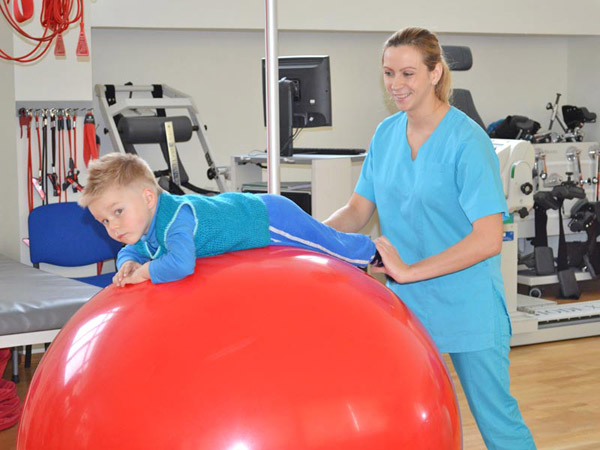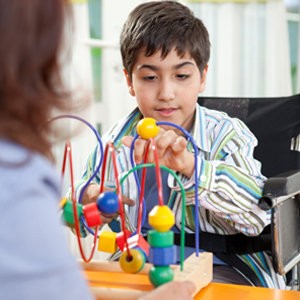Pediatric rehabilitation has several guiding principles based upon the nature of recovery and reorganization mechanisms, as well as the age and developmental level of the patients requiring treatment.
Physiotherapy focuses on function, movement, and optimal use of the child’s potential and uses physical approaches to promote, maintain and restore physical, psychological and social well-being within all environments of the child including home, school, recreation, and community environments.
Pediatric Rehabilitation requires a Multidisciplianary (MDT) Approach in order to promote the indpendance of the child with an impairment, both functionally and psychologically and increase the quality of life of both the child and their family. Physiotherapists, viewed as the ‘movement expert’, play a key role within this MDT. The main aim of Physiotherapy, as identified by Gunel (2011), is to support the child with Cerebral Palsy to achieve their potential for physical independence and fitness levels within their community, by minimising the effect of their physical impairments, and to improve the quality of life of the child and their family who have major role to play in the process.
Gross motor skills, functional mobility in the management for the motor deficits, positioning, sitting, transition from sitting to standing, walking with or without assistive devices and orthoses, wheelchair use and transfers, are all areas that the physiotherapist works on using a wide range of physiotherapeutic approaches to infuence functional ability of the child, which we will review
Pediatric Physical Therapy
- Various hip disorders such as hip dysplasia
- Developmental delay
- Sports injuries and kids interested in returning to sport after an injury
- Gait training and supported weightbearing
- Aquatic therapy
- Torticollis and/or plagiocephaly
- Various hip disorders such as hip dysplasia
- Strengthening and neuromuscular re-education

